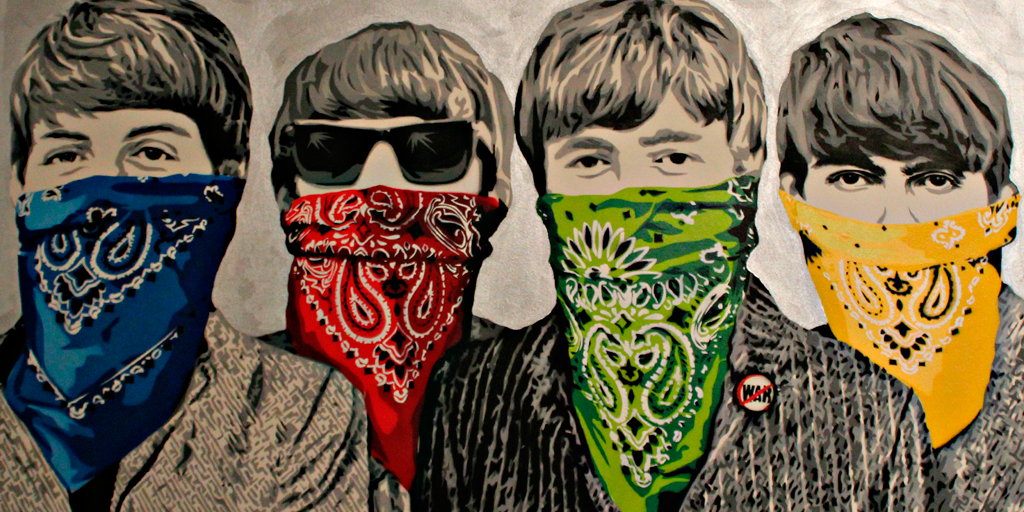
Design, art, poetry, and protest. All of these things are forms of self-expression. Whether street art is considered graphic design is neither right nor wrong. Even the best designers can create something beautiful or ugly. It all depends on the intention behind the piece. Graffiti can be motivated by joy, sadness, or rage; it can be selfish or altruistic. Graffiti and graphic design are simply forms of expression. No art movement involves these concepts more than street art.
Street art is compelling because of its unfiltered connection to human emotion and the environment in which it exists. Unlike traditional graphic design, which often serves a commercial or brand-driven purpose, street art answers only to the artist’s vision and the public space in which it is displayed. Yet both disciplines face the same fundamental challenge: capturing attention, communicating a message, and leaving a lasting impression.
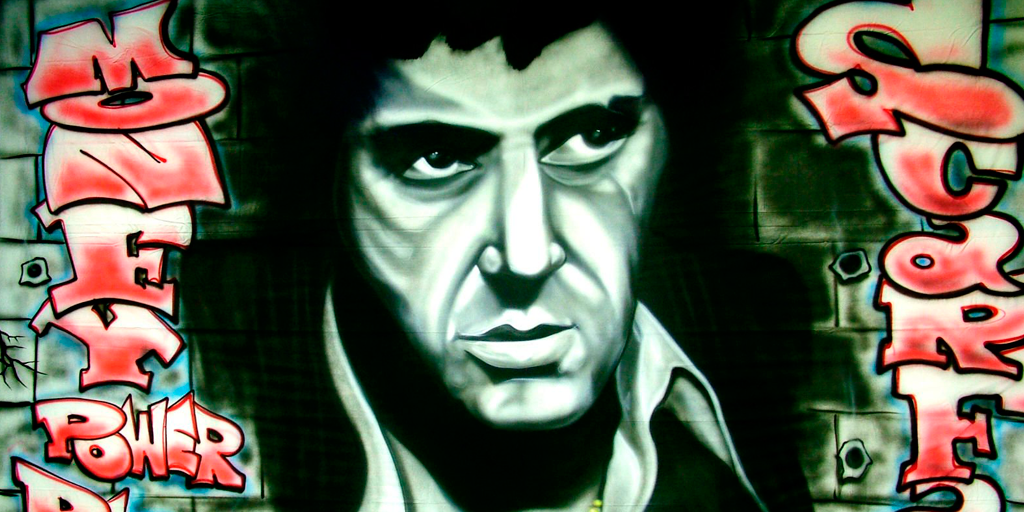
Graffiti is constantly evolving. It is the most alive art form
Graffiti design has ancient roots and was revived with the rise of urban and hip-hop culture. As an art form, graffiti is constantly evolving. In fact, it is the most active art form. Any surface can serve as a canvas, including brick buildings, doors, and trains. The variations and possibilities are unlimited, a feature that top graphic design agencies embrace to improve the quality and originality of their work. Street artists work in two or three dimensions, playing with the city and its elements. Any technique can be used for creation, including spray paint, markers, wood, toys, and steel.
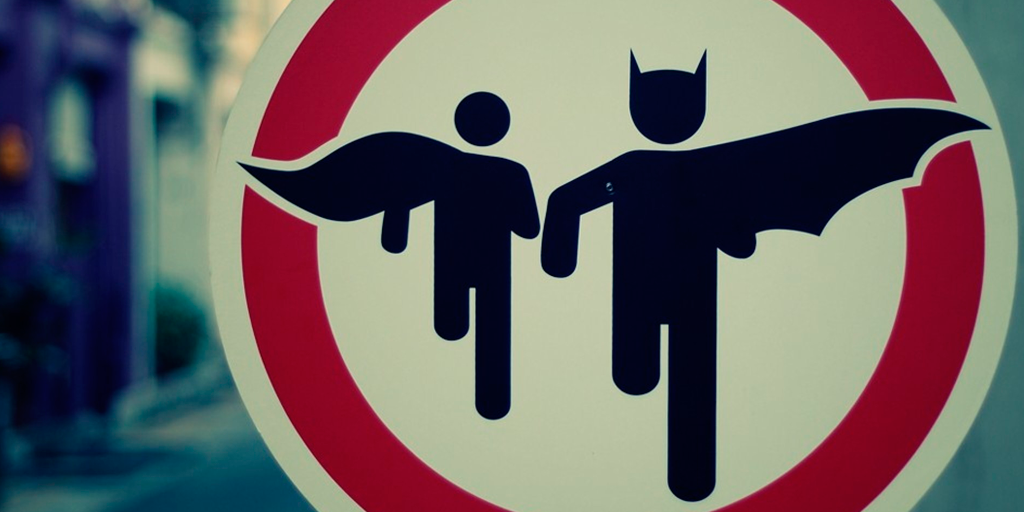
Modern street art has become the official visual art form of suburban culture. The new graffiti movement began as a symbol of the hip-hop movement of the ’70s and ’80s; however, its worldwide fame has turned it into an icon of the global urban cultural revolution. Postmodern youth just wanted to find their own space in the modern world. It was difficult in this highly regulated environment, so they decided to create their own spaces by painting the real world and adapting cities to their ideas.
Artists challenge perceptions of ownership, beauty, and public engagement by transforming ordinary walls, trains, and public areas into canvases. The movement’s energy and accessibility continue to influence urban culture and contemporary graphic designers, as well as the most exclusive creative agencies worldwide. Today, designers borrow the boldness, improvisation, and visual storytelling of street art to create work that feels alive, authentic, and culturally connected.
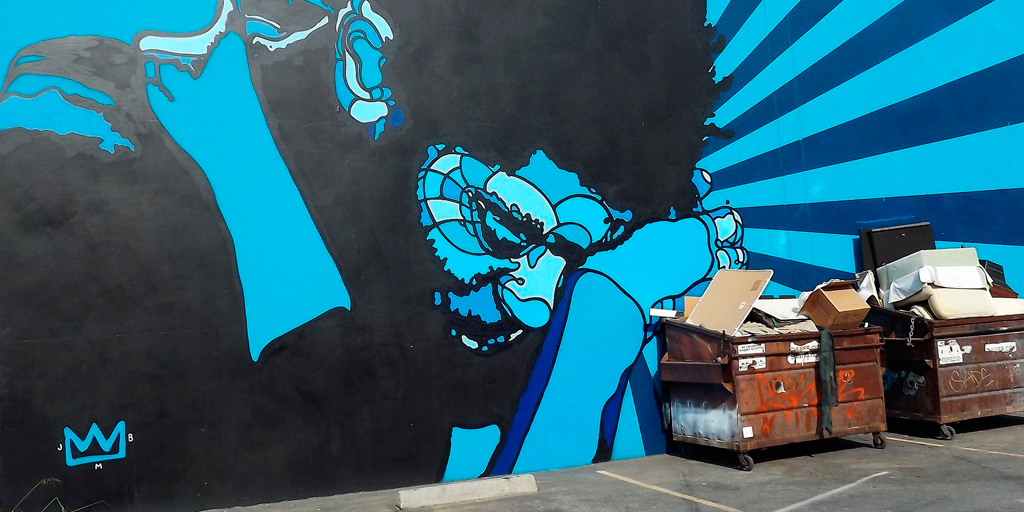
Postmodern youth just wanted to find their own space in the new modern world
This scenario is not far from the current reality of graphic design. Although there is a “canonical” way to design, it is only the mainstream and not necessarily the best way. This mainstream approach is so powerful that it causes most professional graphic designers to forget that there are unlimited ways to create different pieces. Graffiti art’s freedom is the reference every good corporate designer should follow to develop new, fresh, outstanding creations.
Embracing this spirit of freedom allows graphic designers to push boundaries without losing purpose. Street art demonstrates that creativity flourishes when rules are questioned and constraints are embraced as tools rather than limitations. Incorporating bold, unconventional graffiti-inspired elements allows designers to create memorable, emotionally engaging visuals that stand out. Essentially, the rebellious energy of street art can fuel innovation in professional design, helping brands stand out while staying true to themselves.
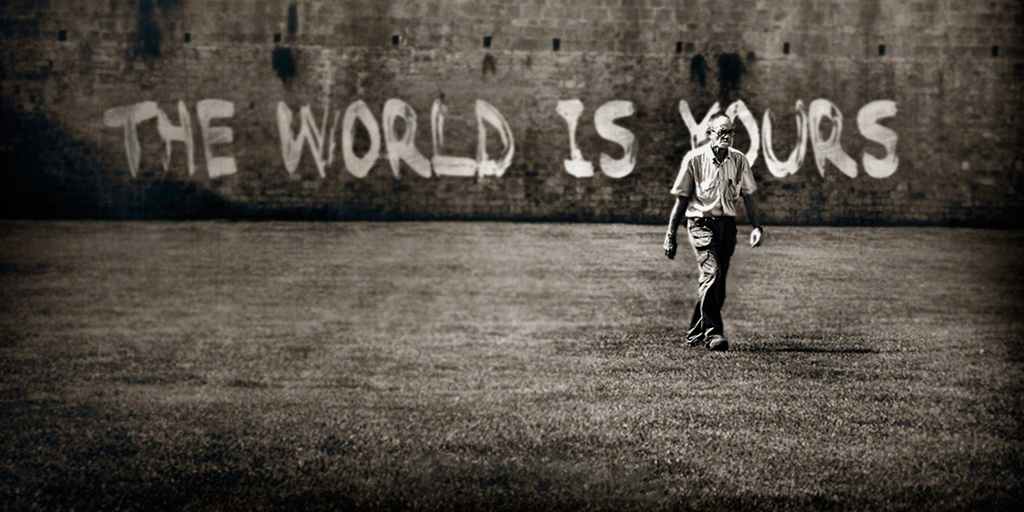
Street art is unique without pretending to look fun, serious or valuated
Common people, art critics, artists… All of them agree that graffiti is the closest the essence of art. It is direct, wild, and represents the true thoughts and feelings of the artist and its world. Besides, it is timeless and attractive for a wide range of people. Street art is unique without pretending to look fun, serious or valuated. Graffiti artists just look for the essence of art expression. With no format, accessibility or inspiration barriers, street art is art at its wildest, best expression.
This raw, unfiltered approach has inspired graphic design agencies in many ways. This clothing brand’s online store design is an example of street art inspiration applied to branding and design. Designers often borrow graffiti’s bold lines, striking contrasts, and expressive forms to create visuals that feel immediate and authentic. Channeling the freedom and spontaneity of street art allows modern design to communicate ideas more powerfully. This approach breaks away from rigid conventions while still delivering a clear, purposeful message. In this sense, street art becomes a playground and a blueprint for creativity in the professional design world.
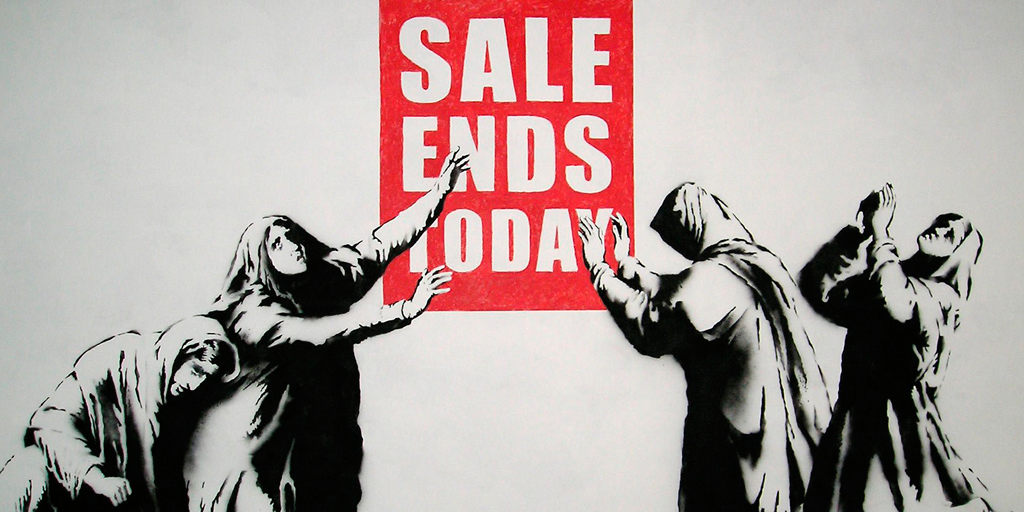
Some people become vandals because they want to make the world a better looking place
Banksy, the master of graffiti, once said, “Some people become cops because they want to make the world a better place. Some people become vandals because they want to make the world a better-looking place.” This sentiment encapsulates an essential truth about visual creativity—whether it’s sprayed on a wall or rendered in a vector file, the objective is to alter how people perceive the world around them.
Street art relies on bold shapes, high contrast, and instant impact—the same principles that make a professional logo effective. Both disciplines demand a strong concept, a deep understanding of the audience, and the courage to strip an idea down to its most iconic form. In that way, the walls of a city and the canvas of a brand are simply two stages for the same performance—telling a story that can’t be ignored.
